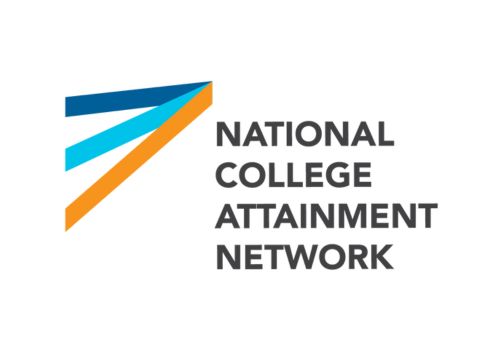Blogs
New Federal Regulations Require Clearer Financial Aid Offers and Ban Most Transcript Withholding
October 30, 2023
By By Anika Van Eaton

This blog post originally appeared on NCAN's website on October 27, 2023.
The Biden-Harris Administration announced final rulemaking on October 24, 2023. Most of the regulations are related to postsecondary institutions' financial responsibility, the agreements between institutions and the U.S. Department of Education, and what happens when an institution closes. These regulations are effective July 1, 2024. To access federal financial aid by participating in the Title IV, Higher Education Act programs, institutions must demonstrate that they have the administrative capability to do so. This post focuses on three new conditions institutions will need to agree to related to financial aid offers, disbursement of financial aid, and transcript withholding that will impact college students uAspire and other college access organizations serve.
Increased Clarity in Financial Aid Offers
Institutions will need to provide “adequate financial aid counseling.” “Adequate” means the U.S. Secretary of Education considers that the institution’s counseling and financial aid communications advise students and families to accept the most beneficial type of aid to them. Financial aid communications will be required to include:
- The institution’s cost of attendance, including the individual components of those costs and a total of the estimated costs that students will owe directly to the institution, based on their attendance status.
- The source and amount of each type of aid offered, separated by the type of the aid and whether it must be earned or repaid.
- The net price, as determined by subtracting total grant or scholarship aid from the cost of attendance.
- The method by which aid is determined and disbursed, delivered, or applied to a student's account, and instructions and applicable deadlines for accepting, declining, or adjusting award amounts.
- The rights and responsibilities of the student with respect to enrollment at the institution and receipt of financial aid, including the institution's refund policy, the requirements for the treatment of Title IV, HEA program funds when a student withdraws, its standards of satisfactory academic progress, and other conditions that may alter the student's aid package.
Paying for college is a high-stakes financial decision for most students and families, but there has been no required standardization of financial aid offers so they can understand exactly what they’re paying. uAspire and New America analyzed financial aid offers from 515 colleges and universities in Decoding the Cost of College. We found that 70 percent of letters grouped all aid together and provided no explanations for how grants and scholarships, loans, and work-study all differ. Of the 455 colleges that offered an unsubsidized student loan, we found 136 unique terms for that loan, including 24 that did not include the word “loan.” More recently, the Government Accountability Office found that an estimated 91 percent of colleges do not include or understate the net price in their aid offers. These new regulations are an important step to require these common-sense components to be included in financial aid offers, though ultimately Congressional action to standardize financial aid offers would allow apples-to-apples comparison of financial aid offers.
Timely Disbursement of Financial Aid
The new regulations require institutions to disburse funds to students in a “timely manner that best meets the students’ needs.” After a student’s financial aid package is applied to direct costs to the college, the institution disburses the remaining financial aid to the student to cover course materials, books, and living expenses. However, sometimes the disbursement of the credit balance occurs too late in the term for the student. The Department will consider multiple valid student complaints to determine if the institution is not disbursing funds in a timely manner. Additionally, the Department will look at high rates of withdrawals from an institution attributable to disbursement delays, or if the institution has delayed disbursements until after the point at which students have earned 100 percent of their eligibility for Title IV, HEA funds.
Banning Transcript Withholding
The final regulations require institutions to provide transcripts for all credits that were paid for in periods where students received federal financial aid. Meaning, institutions are banned from withholding students’ transcripts for classes that they paid for and completed while they received federal financial aid. Many institutions withhold students’ transcripts with the intent of motivating students to pay any unpaid balances.
However, in uAspire’s experience advising students, we typically see a student experience a personal or family emergency that disrupts their ability to pay for their current semester. They leave school to transfer to a more affordable college but are unable to bring their credits because their school withholds their transcripts. This leaves the student starting over, hindered in pursuing the degree that would allow them to repay what they owe. A report by Ithaca S+R found that there could be as many as 6.6 million students with these “stranded credits” across the country. Banning transcript withholding for the semesters students received federal financial aid will keep more students on track to degree completion.